Contact Us
- 1 I-X Center Dr Cleveland, OH 44135
- 216-676-6000
- scott.mcgorty@oakviewgroup.com
2023 I-X Center. All rights reserved.
The International Exposition (I-X) Center, an exhibition building located at 6200 Riverside Drive in Cleveland, was originally built in 1942 as the Cleveland Bomber Plant, but known through most of its history as the Cleveland Tank Plant. Owned by the Department of Defense during World War II, the facility was operated by General Motors (GM) as the Fisher Body Aircraft Plant No. 2 and made the B-29 bomber. In its heyday, the plant employed 15,000 workers, many of whom lived in housing projects built on Triskett and Berea Roads and rode to work in a CTS bus dubbed the “Bomber Bus.” When the war ended and the plant closed, the City of Cleveland decided against leasing the facility for future airport expansion at a bargain rate of $1 per year for fear it could not afford the maintenance costs. After a brief tenure as an exhibition hall and sales center, the plant was leased to National Terminals for soybean storage.
By 1950, as the Korean War expanded, GM Cadillac Division selected the Bomber Plant as the manufacturing site for army tanks. The Cadillac Tank Plant, as it was renamed, promised immediate employment to 6,000. After two years of production, the army rejected all tanks made at Cadillac because of a problem with the gun mechanism. GM designed a new gun sight and the Walker Bulldog was put into service in Korea by May 1953; it was produced successfully until 1955. After closing in 1959, the plant reopened in 1960, when Cadillac was awarded contracts to build the self-propelled T-195 and T196 howitzers and M-114 armed personnel carriers. In 1965, GM shifted management of the tank plant (now usually called the Cleveland Tank Plant or the Cleveland Ordnance Plant) to its Allison Division.
Among the products of the Cleveland Tank Plant operation was the controversial M-551 16-ton Sheridan tank, billed as the most versatile and mobile tank ever built. Congress decided to discontinue the program when the GM contract was completed in 1972. The Defense Department announced its intention to sell the plant. Brook Park, Cleveland, and GM expressed interest but dropped out of the bidding for various reasons.
In 1977, the Park Corporation of Charleston, WV, bought the facility to create an international trade mart. That plan never fully materialized, but in 1985 Park opened the former tank plant as the International Exposition Center, billed as the largest single-building exhibition facility in the world. Adding to this in 1993, the Park Corporation opened 50,000 square feet of space in the facility’s basement to be used for mid-sized exhibitions.
In 2008, an additional 185,000 square feet of Class A exhibit space was added in what is now referred to as the South Hall. This puts the I-X Center at a total of 2.2 million square feet and remained one of the top ten largest trade show and exhibition centers in the world.
In 2021, life returned to the I-X Center after being shuttered due to the COVID pandemic since September 2020 when Industrial Realty Group (IRG) took over the I-X Center’s lease from Park Corporation, which operated the facility successfully for more than 30 years. OVG360, private management company, handles the venue management, food services and hospitality for the convention center.